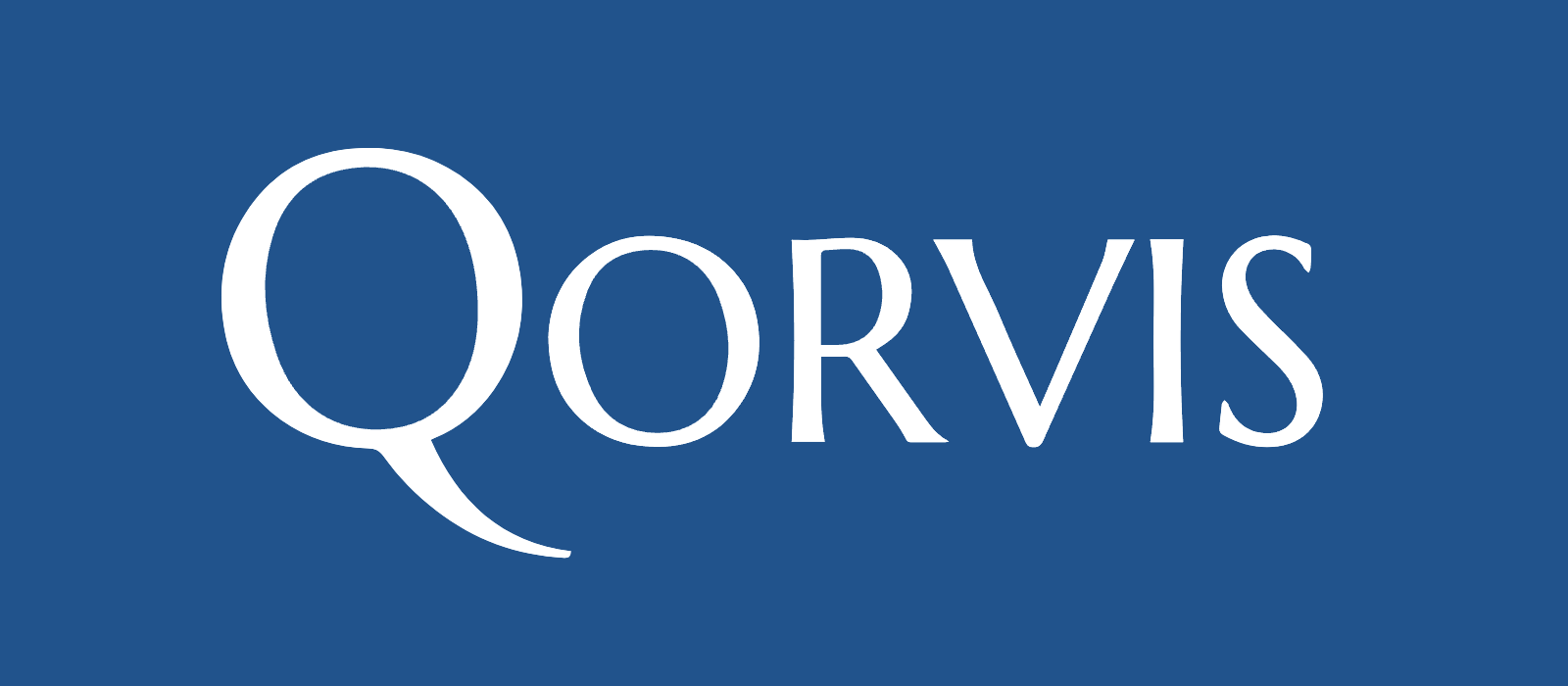Debate breakdown: How Trump and Harris played to their audiences
By Rich Masters, Political Strategist
As someone who has coached many political candidates, CEOs, Ambassadors, and others in the public eye on how to win debates and communicate persuasively, I watched the September 10 presidential debate with a certain jaundiced eye. I was extremely excited even for the debate last June, which will go down as the most consequential debate in the history of U.S. politics—perhaps in world history. Because of the fallout from that debate, yesterday’s debate takes on even more importance in what is likely to be another historically close election.
Who was the target audience?
The population of the United States is roughly 350 million Americans, almost 70% of whom are registered to vote. And most have already made up their minds about their choice. Nearly every public opinion poll has an “undecided” rate of under 10%, which means the target audience for this debate, just like the election, is small, small, SMALL.
What was the strategy?
Former President Trump: The bar was low for such a known quantity and an experienced national debater. The best strategy going in was to sound “normal” and remind everyone that the things they don’t like about President Biden hold true for Vice President Harris.
Vice President Harris: This was really her first opportunity to engage with ALL voters, not just her base, which means the bar was much higher for her. Her goal? Make 60,000 Republican-leaning women in seven states say, “OK, she won’t ruin the world.”
So, how did the debate go?
In a sentence? Former President Trump barely concealed his familiar provocative style, and Vice President Harris showed that she could hold her own and appeal to a wider cross-section of voters.
The race could still be one of the closest in history—from an electoral viewpoint. And while pundits may declare this a slam dunk, we will have to wait to see how this event swayed the 60,000 voters who will ultimately make their choice by November 5.
Rich Masters is a messaging and political strategist specializing in helping clients turn complex policy matters into issues that affect “real” Americans daily. He designed Qorvis’s message and media training program, helping clients prepare to “meet the press” and communicate their message through broadcast and print media. He is considered a top Democratic analyst and has contributed to Fox News, MSNBC, and CNN.





